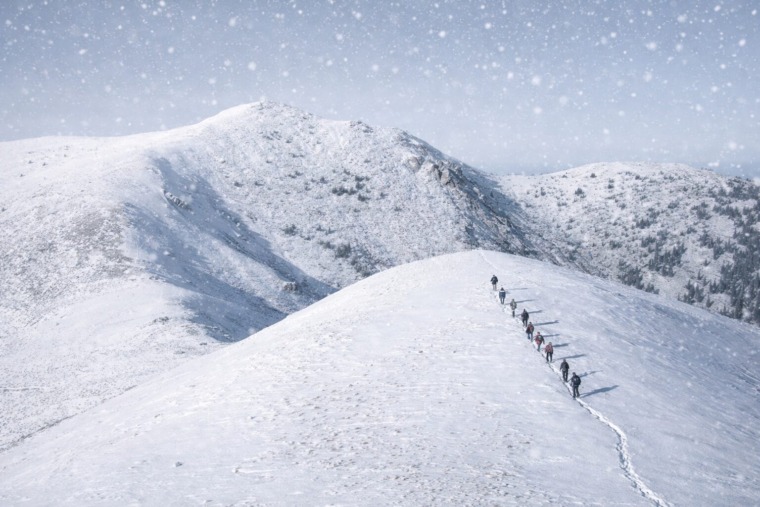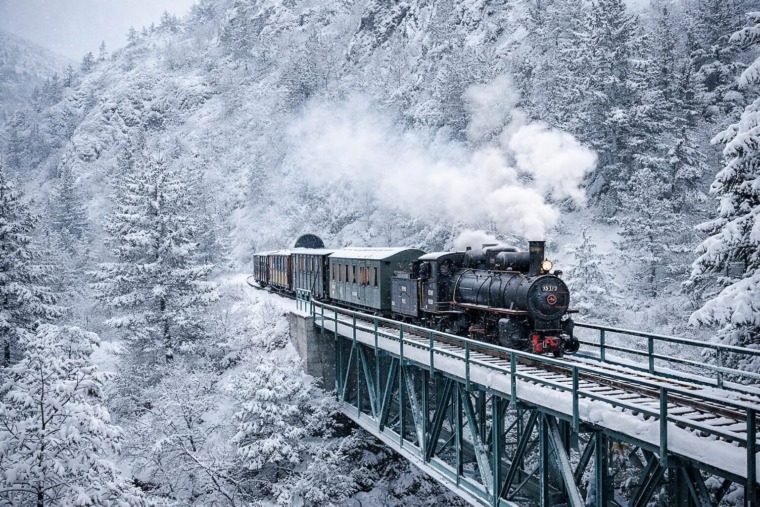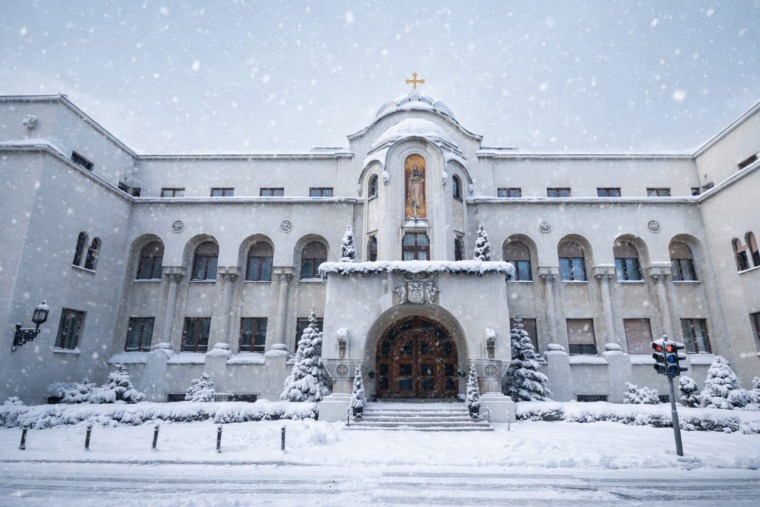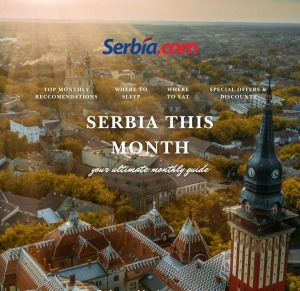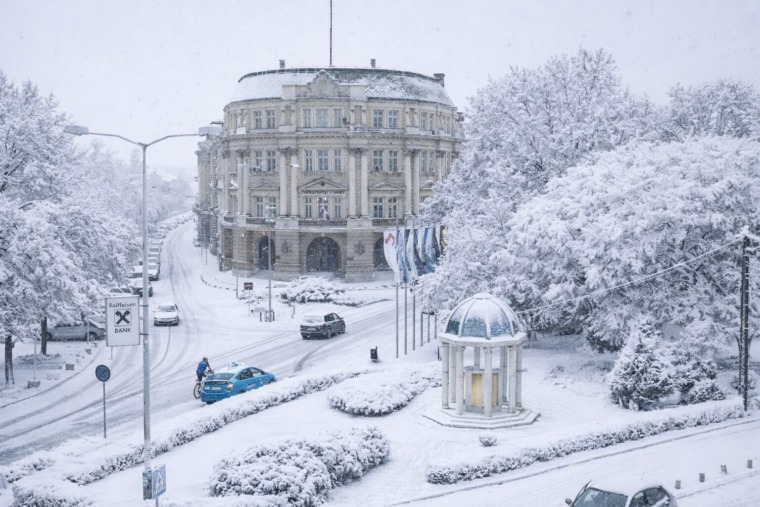
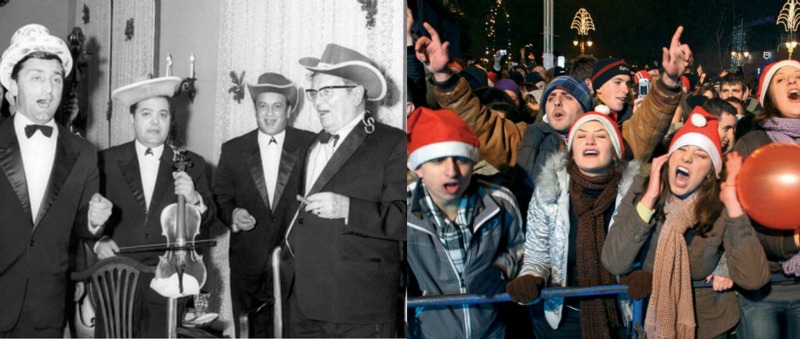
Luxury hairstyles, elegant night gowns, hours of preparation and holiday madness, all of these are inevitable parts of the New Year’s Eve in 21st century. However, farewell to the old year in a way like this is present over the last 70 years. Until then, this day was just like any other – an ordinary day.
The very beginning of December starts growing the excitement in the air and a feeling that some change is about to approach. It begins with the organization of vacations, ideas for decorating a Christmas tree, buying the presents, writing postcards and unavoidable planning of the New Year’s Eve. But that wasn’t always a case.
The first New Year ever took its place in Mesopotamia, the ancient Babylon, around 2000 years B.C. somewhere around the middle of March, but different dates were used in the different cultures of that region. Old Romans were the first ones to celebrate New Year on the January 1st, 153 year B.C.
If we go back to the old history, we’ll realize that celebration of the New Year wasn’t actually a big deal like it is today. It was celebrated whenever people wanted to and it stayed like that for a very long time. Before the World War II, this holiday was marked just in a few houses with the humble Lenten table, without any pomp or huge celebration.
How did New Year come to Serbia?
The phenomenon of this holiday among Serbian people was established in the Socialist Yugoslavia, and many analysts think that the reason for that lays in politics.

The holiday which should be mutual for every nation of the ex-Yugoslavia was imposed as a need. Although marking the New Year was supposed to get through to rural areas, after the World War II, it gets its full glow.
The most deserving ones for acceptation the new holiday which was earlier called “a small Christmas” were the children and the television.
Broadcasting the black and white images that showed the people who toasted to the New Year had a huge impact on publicity. On the other hand, New Year was insisted at as the some kind of a children holiday, or the pioneer day which were summing up the results of their work.
That is how the New Year in Serbia was declared as a holiday in 1955, which at the same time marked the start of New Year’s celebration similar to the one today. Still, some things didn’t stay the same.
Šlagers, blues and a feeling of togetherness
Even earlier, people organized lavish celebrations, put on the imposing dresses and nice suits, but the places, music and a way of having fun have significantly changed.
 During the period of SFRJ, celebrations were organized at cultural and military centers, factories and work organizations. Šlagers, blues and rock music were played, and the dance was one of the favorite and inevitable parts of the evening.
During the period of SFRJ, celebrations were organized at cultural and military centers, factories and work organizations. Šlagers, blues and rock music were played, and the dance was one of the favorite and inevitable parts of the evening.
Everyone danced – the skilled and less skilled dancers. Stories from the 60’s, 70’s and 80’s testify to the sense of togetherness and belonging which slowly disappear by the influence of technology.
Another important part was preparation of the New Year’s feast. There was a variety of food, and the custom was that every housewife prepares some dish and brings it to a party. That way, a luxury food table was set, and all that was possible just because of the friendliness.
Nineties and the new New Year
The last decade of the 20th century has brought some changes to the way of celebrating the New Year. Namely, the new trend of marking the New Year’s Eve has been the gathering around squares or so-called street celebrations. People started meeting one another on the decorated city squares and with music, fireworks, drinks and firecrackers said goodbye to the old and welcomed the New Year.

Besides those on the squares, New Year’s parties were thrown in the clubs, restaurants, hotels and bars, which gather a large number of people. It was celebrated until the morning light with various musical genres, and the tradition was to end the evening with so-called turbo folk. The “rewind of New Year’s Eve” is also celebrated in Serbia and it takes place on the 1st of January.
We can only guess how the New Year will look like in 10 years. The stories about teleportation and technologies which will make us be in two places at the same time, are maybe not that far from reality.
For now, enjoy the holiday atmosphere with your closest ones and tell us which one do you prefer more – New Year’s celebration then or now?
Photo: www.kurir.rs
Related Articles

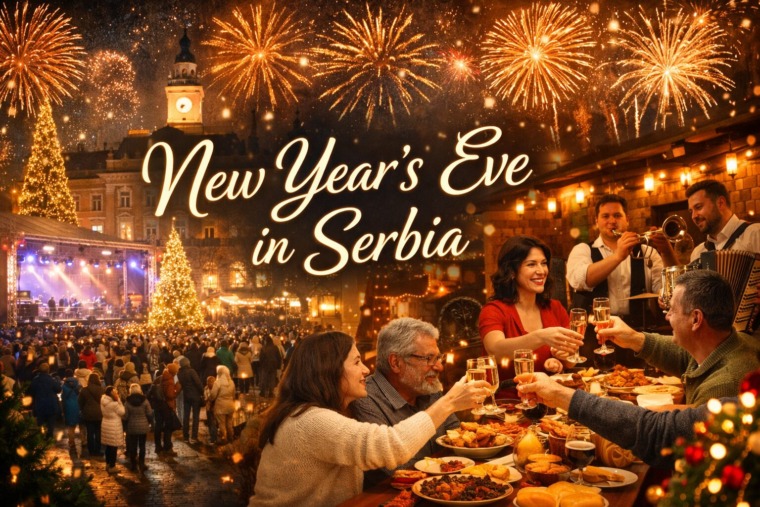
From Fireworks to Family Dinners: New Year’s Eve Across Serbia
December 31, 2025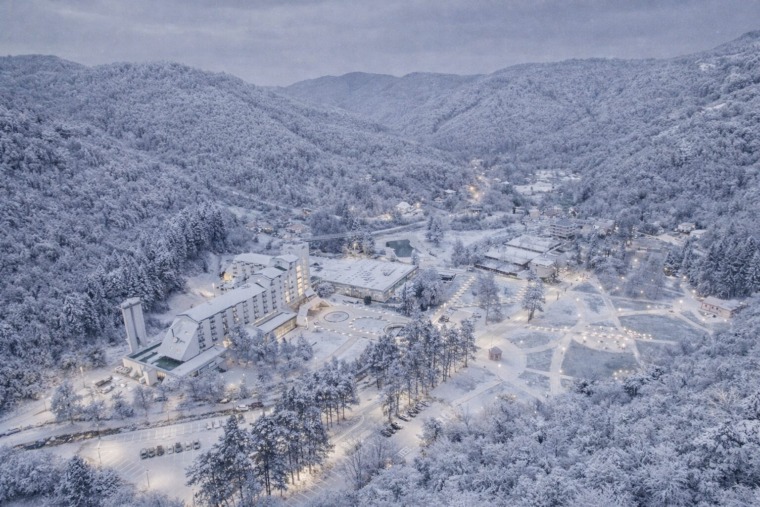
Kuršumlijska Banja: Serbia’s Quiet Winter Spa Escape
December 30, 2025
Novak Đokovic Receives Special Globe Soccer Award in Dubai
December 29, 2025

